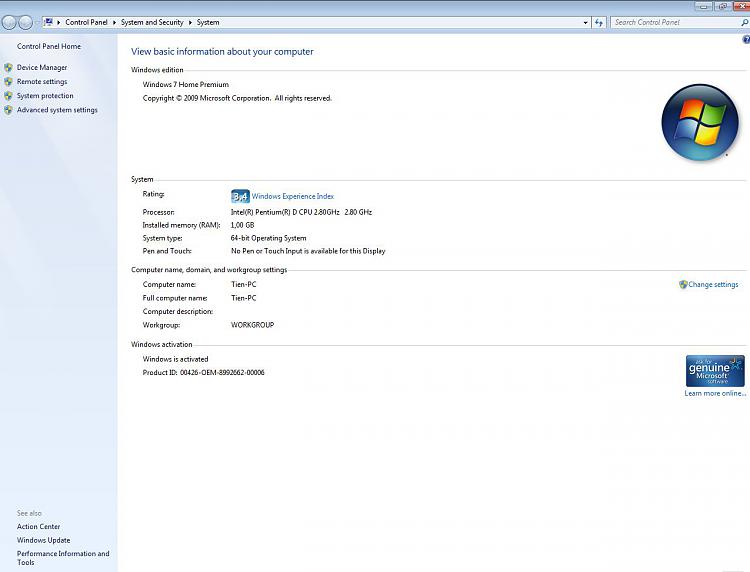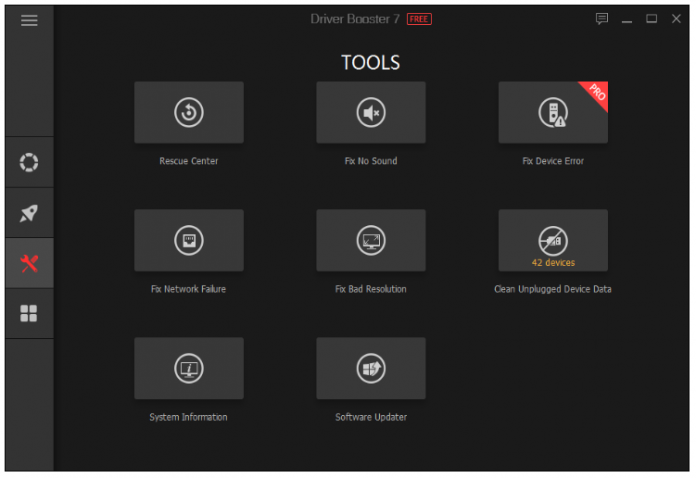
- WINDOWS 7 A MEDIA DRIVER YOUR COMPUTER NEEDS IS MISSING HOW TO
- WINDOWS 7 A MEDIA DRIVER YOUR COMPUTER NEEDS IS MISSING INSTALL
- WINDOWS 7 A MEDIA DRIVER YOUR COMPUTER NEEDS IS MISSING DRIVERS
- WINDOWS 7 A MEDIA DRIVER YOUR COMPUTER NEEDS IS MISSING DRIVER
- WINDOWS 7 A MEDIA DRIVER YOUR COMPUTER NEEDS IS MISSING PRO
WINDOWS 7 A MEDIA DRIVER YOUR COMPUTER NEEDS IS MISSING DRIVERS
your mainboard manufacturer should have included the relevant drivers on a CD or DVD with the mainboard, or, you can usually get them from the website of the manufacturer. The information about the drivers needed, is dependent upon your mainboard storage controller.
WINDOWS 7 A MEDIA DRIVER YOUR COMPUTER NEEDS IS MISSING DRIVER
could someone please link me a site for a driver that i can put on a usb.Thanks!

if you have a usb with the driver on it please insert it now". Your computer needs is missing.This could be a dvd, usb or hard disk driver.
WINDOWS 7 A MEDIA DRIVER YOUR COMPUTER NEEDS IS MISSING INSTALL
I got to the menu and clicked for windows to install only to have an error that says "A media driver I changed the boot order in my bios and then restarted.
WINDOWS 7 A MEDIA DRIVER YOUR COMPUTER NEEDS IS MISSING HOW TO
Got any suggestions on how to get past this stop block?Īlso you can get into a page by going to c drive or by typing notepads in c:,for some reason debian gets bogged down trying to copy the boot wim or install wim,these are the major system files and you need them.If you can't get a boot screen when you try to boot your os off of usb,unmount it on a linux desktop,and reformat it again and copy windiws10 again to your usb.I just built my new computer and made a bootable usb drive with the windows 10 iso. There is a small line at the bottom of the install page that says repair your system"click on that gets you to the repair page. I did have a wifi driver ,and windows did try to go online, which would have made it a whole lot better. Others have suggested removing the drive when it asks for this and put it in another usb drive. This time I got the windows installer to boot,but it asks for a media driver. Inserted this into my drive,I had set the bios to bios mode before but set it to uefi,and disabled safe boot. I also copied the acer drivers to another usb 64 gig formatted as fat32,with the acer drivers. I copied the extracted window10 from a debian buster desktop to the first portion of this drive,then after downloading acer spin 1 113 drivers ,I copied them to the remaining portion of the drive. Read a post by linuxbabe,she says to format usb to a gpt partition then format it again with fat 32,note gparted does format my 64 gig usb drive all the way!no problem!so I partitioned it with a 7 gig fat32 partition and labeled it"boot/efi"!then I formated the remainder of the drive as fat 32. Well I tried several times to boot to my acer spin1,to no avail! All I know is when I tried this method on a whim it worked. There are probably easier tools to do this or ways to achieve it from a Windows installation, but it's hard to know exactly what they'll do whereas this is nice and simple, in that way at least. # It's safe to unplug the drive when the `umount` command finishes. Sudo umount /mnt/usb /mnt/iso # and wait some more. # Copy the installer files to the USB drive Sudo mount -o loop ~/path/to/windows.iso /mnt/iso # Create directories, and mount the ISO and the FAT32 filesystem to them # Format the newly-created partition with a Windows FAT32 filesystem # Now you should be back in your normal command shell with a prompt like "$" rather than "Command (m for help):" Q if it does not quit automatically after w

W to write the partition table to the drive and quit (follow steps, for default position, size "+5G") O to clear out the partition table for a new empty one First of all, find USB 3. # Type the following single-letter commands to go through the process: All the operations of modifying of the Windows 7 ISO image, described below, are performed on a computer running Windows 10.

# It will create a partition on the USB drive for you to use as a FAT32 filesystem. # You're now using fdisk, which has its own interactive interface. Sudo fdisk /dev/sdb # assuming "/dev/sdb" is the USB drive On Linux this can be done roughly as follows: sudo fdisk -l # to figure out which connected drive is which This booted perfectly and the installer finally made it to the next screen. The solution in my case was rather than copying the ISO straight to the drive, instead to create a 5GB FAT32 partition on there, mark it bootable, then copy the files from the ISO into that.
WINDOWS 7 A MEDIA DRIVER YOUR COMPUTER NEEDS IS MISSING PRO
I was having this same problem trying to install a Windows 10 ISO with any of several USB drives (16 and 32GB) on a Surface Pro 4 (which unfortunately has only one USB port, a USB 3 one, ruling out answer).


 0 kommentar(er)
0 kommentar(er)
